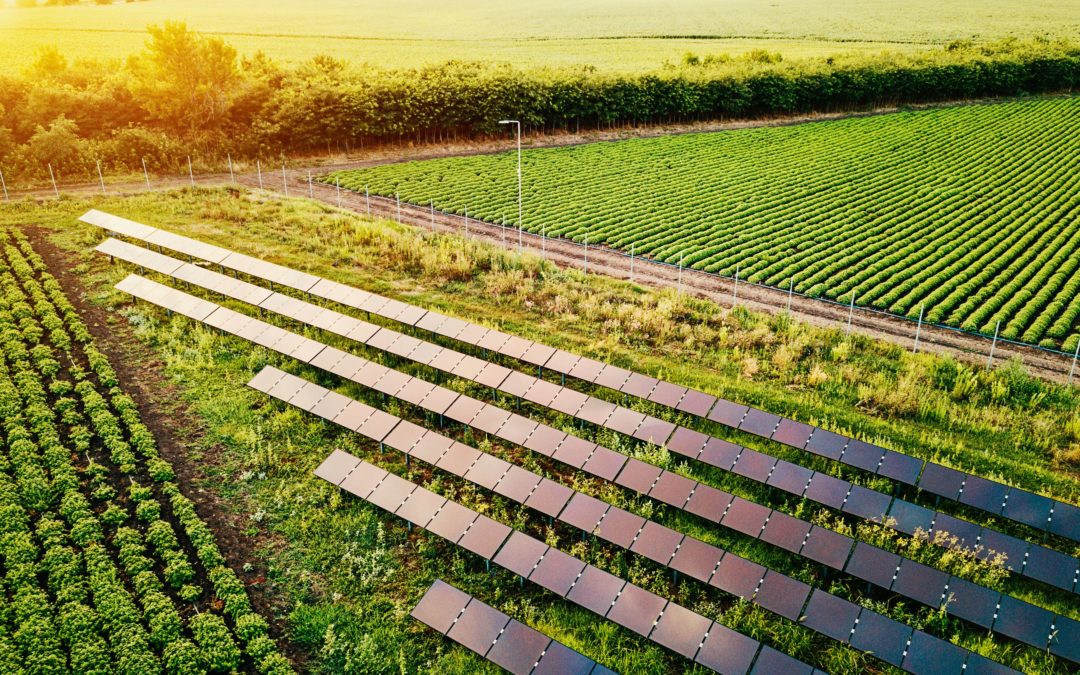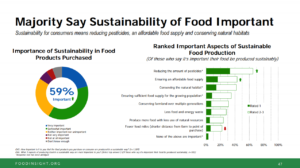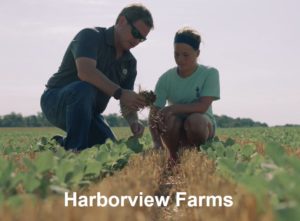Fresh food sustainability is a far more complex subject that most of us would think. Last week I attended the Trust in Food Symposium which featured viewpoints on fresh food sustainability and food chain integrity from farmers, restaurateurs, food processors and a wealth of NGOs. (In fact, I had no idea there were so many NGOs involved in various aspects of food sustainability.)
A representative of the International Food Information Council Foundation presented their recently published 2018 Food and Health Survey. Their research (page 47) states that a majority of us claim food sustainability is important, beginning with reducing pesticides and including preserving natural habitats, conserving farmland, reducing food and energy waste and producing more food with less use of natural resources. So, the majority of us are in favor of sustainability…but what are we doing to promote this noble goal?
Here are my key takeaways from the Symposium on things we should be aware of relating to fresh food sustainability:
Fresh Food Sustainability depends on the Health of the Land
On the surface, this seems like a fairly obvious statement but one presenter, Arohi Sharma of the National Resources Defense Council, told us we need to dig deeper…into the soil. Soil health is critical for fresh food sustainability. Did you know that according to a study by Ohio State University Understanding Soil Microbes and Nutrient Recycling, there are more microbes in a teaspoon of soil including bacteria, fungi, protozoa, nematodes, earthworms, and arthropods, than there are people on the earth. Yet most of us don’t give soil quality much thought.
We have exhausted many of the nutrients in our soil and, according to an article in Scientific American “modern intensive agricultural methods have stripped increasing amounts of nutrients from the soil in which the food we eat grows.” Minerals, such as magnesium, have been shown to improve heart and muscle health but is now generally lacking in our food supply.
Ms. Sharma presented the audience with her slogan of “Soil is Sexy” to challenge us to think about the health of the soil as an important component of sustainability. (The audience encouraged her to start selling t-shirts with her catchy slogan.)
Fresh Food Sustainability Depends on Water
In California, we’re well aware of the importance of water availability and safety. Years of drought have put pressure on the agriculture industry and our aquifers. But this problem is not limited to just California. A presentation by The Nature Conservency, Cargill, Nestle Purina and Paulman Farms highlighted efforts to reduce water consumption and waste in Nebraska where their aquifer is at risk of collapsing. Using new automation and sensor technologies, the farmers involved in the Western Nebraska Irrigation Project are improving how they water crops in a way that not only reduces water consumption but simplifies irrigation management. There are other projects like this.
Relating to water, a presenter from the Harte Charitable Foundation highlighted a case study about the impacts of nitrogen run-off into the Mississippi River system that is leading to a dead zone in the Gulf of Mexico. Agricultural runoff has an impact on the health of our rivers and oceans and the fish supplies and the people who depend on fish for their livelihood. Precision agriculture and cover crops can help reduce runoff.
Data and Fresh Food Sustainability
I participated in a panel discussion on how data and technology will help improve customers’ understanding of the food system and scale conservation agriculture.
As a panelist I was asked about how data can be used to benefit the consumer and the fresh food supply chain. Certainly, we need to make data – and the insights derived from it – more broadly available across the entire fresh food supply chain. By providing farmers, processors, grocers and consumers with more information about the freshness and handling of produce and proteins, we can reduce waste of food (grocers throw out 12 percent of fruits and 10 percent of vegetables for example due to premature spoilage according to the NRDC). When we reduce waste, we also reduce the waste of the resources – the water, energy, fertilizer and labor – that went into producing the food and the strain that waste places on the environment.
As consumers, we need to be able to trust our grocers and food suppliers that they food they’re providing us is safe and nutritious and data can help with that by enabling freshness, safety and traceability across the fresh food supply chain.
It’s a Coalition
It gives me hope to see that so many different types of organizations are involved in addressing fresh food sustainability. There was representation from NGOs, such as the NRDC and The Nature Conservency as well as others such as the Environmental Defense Fund and The Sustainability Consortium. Beyond Cargill and Nestle Purina, other food companies including Campbell’s Soup and Tyson Foods were represented. Even the CEO of Ducks Unlimited spoke to present how his organization is primarily focused in conserving, restoring, and managing wetlands and associated habitats for North America’s waterfowl.
Perhaps the most compelling story of the conference was told by a farmer, Trey Hill, owner of Harborview Farms in Maryland. When he took over operation of his corn, wheat and soy farm from his father, he took the farm in a very different direction focusing on the environment and sustainability. I spoke with Trey and was incredibly impressed by his passion and his vision. I strongly encourage you to watch a short video about him and his farm.
One of the key points that Trey points out in the video is that we need to bridge the gap between those that produce food and those that consume food. I believe that’s really true. Many of us assume our food magically appears at the grocery store and don’t give much thought about what’s involved in producing, shipping and marketing it. As consumers, we need to have a better understanding of what’s involved in supplying our food.
I think Trey’s approach and philosophy pretty much sums up what we need to do to address fresh food sustainability. When it comes to sustainability and the fresh food ecosystem, we’re all in this together.




